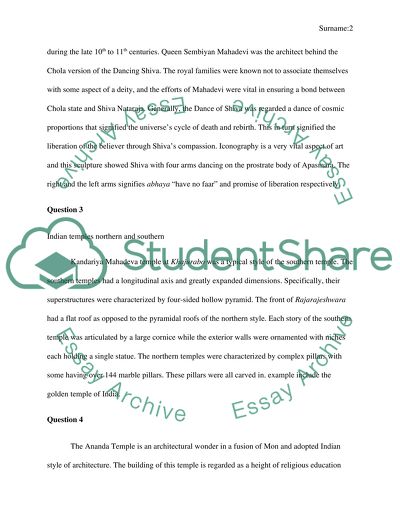Art of south and southeast asia before 1200 Assignment. Retrieved from https://studentshare.org/history/1624123-art-of-south-and-southeast-asia-before-1200
Art of South and Southeast Asia before 1200 Assignment. https://studentshare.org/history/1624123-art-of-south-and-southeast-asia-before-1200.


